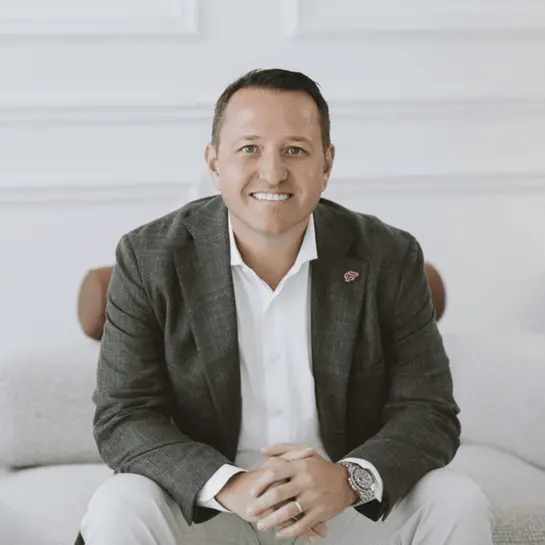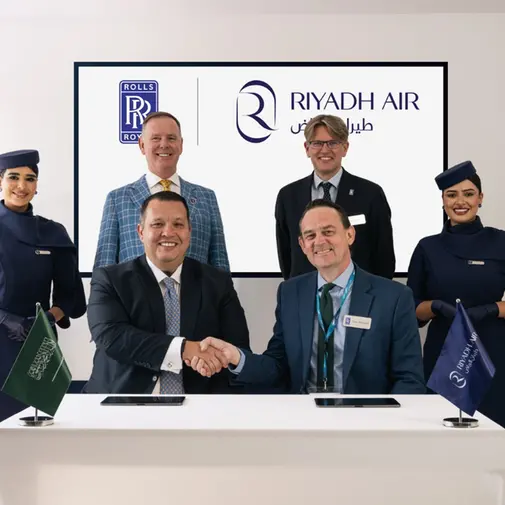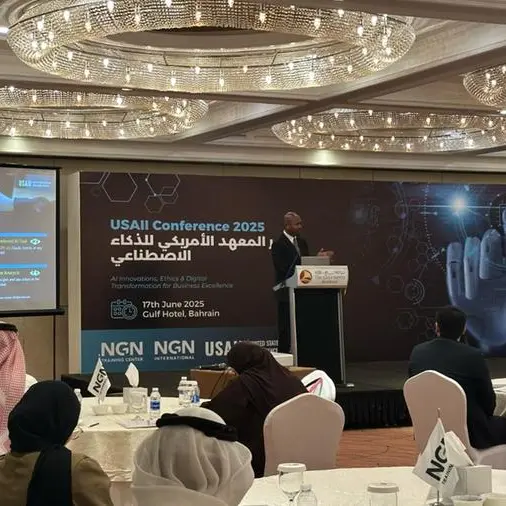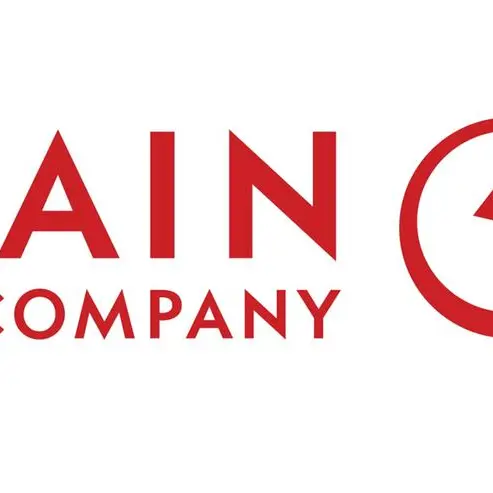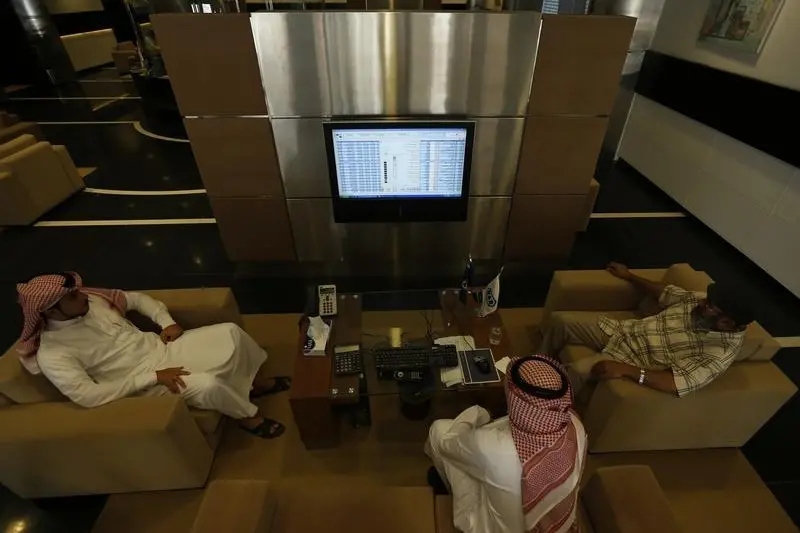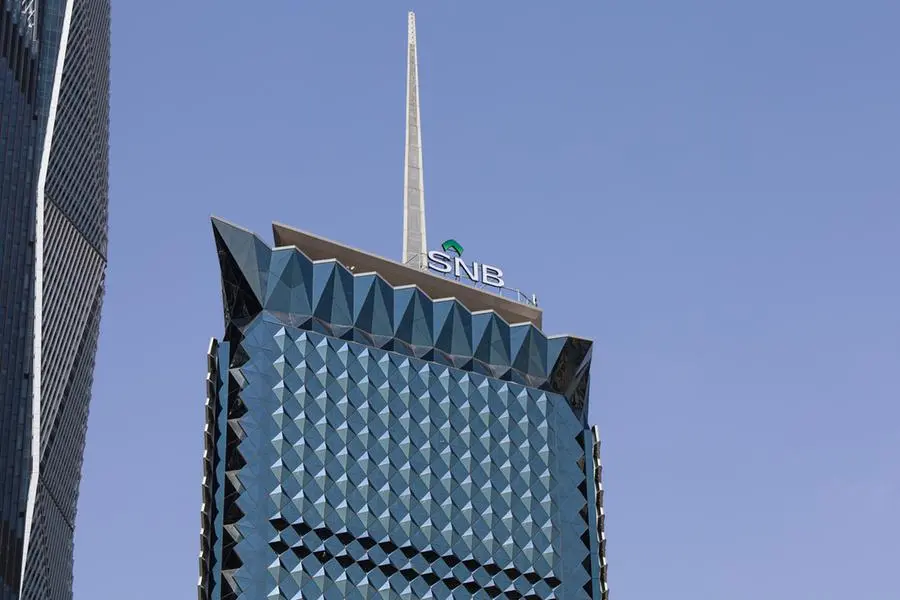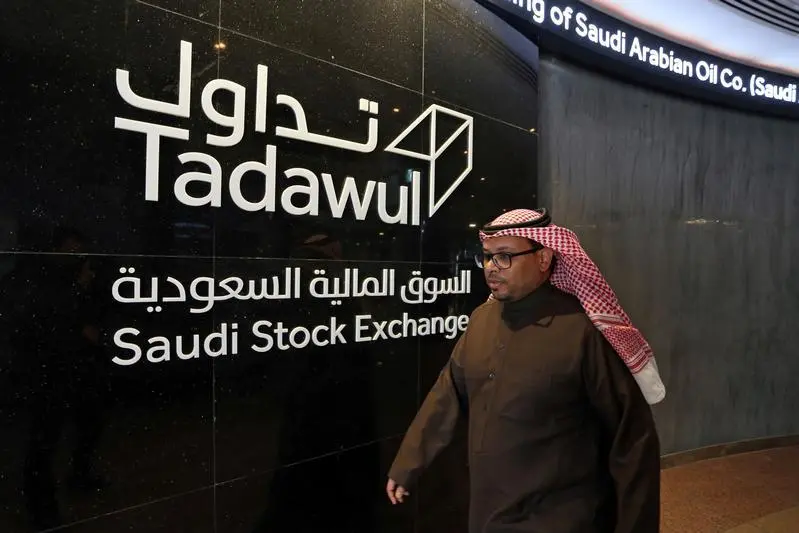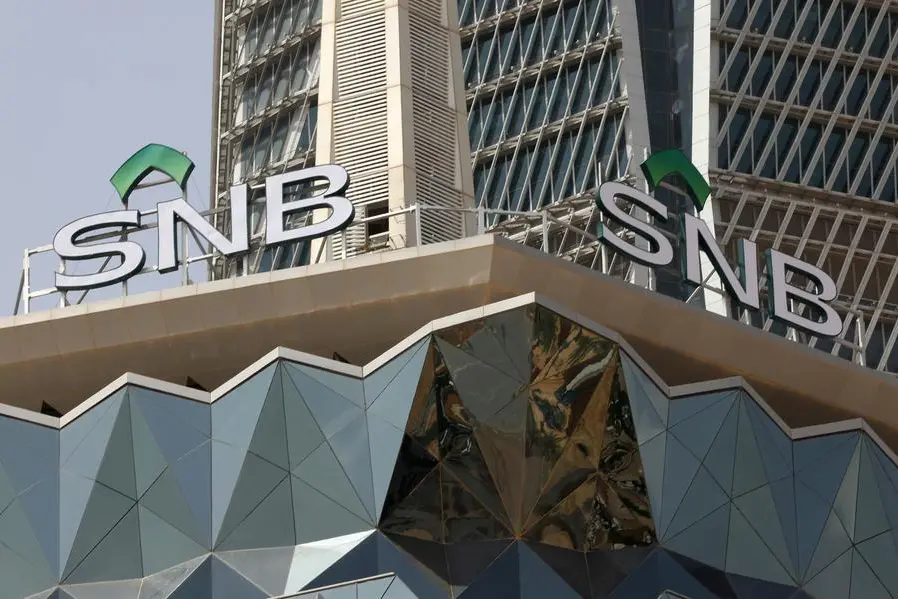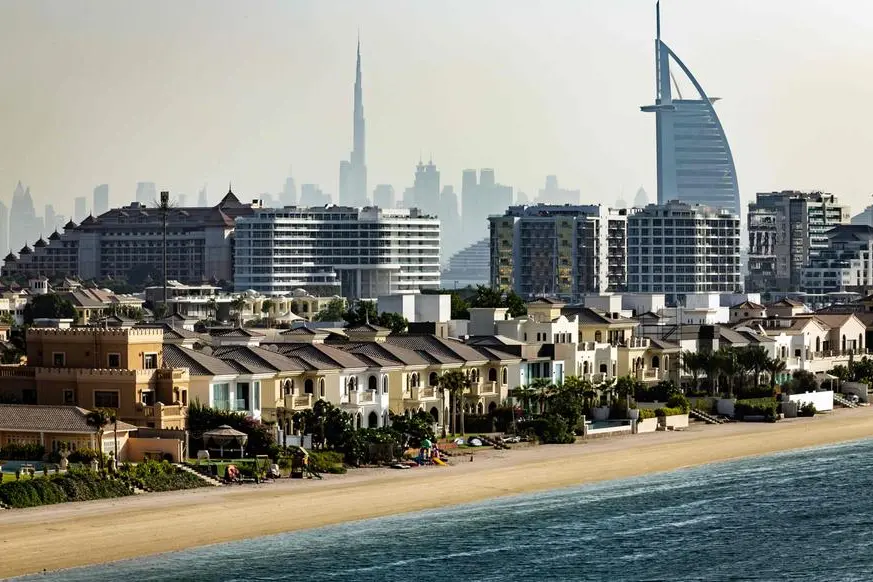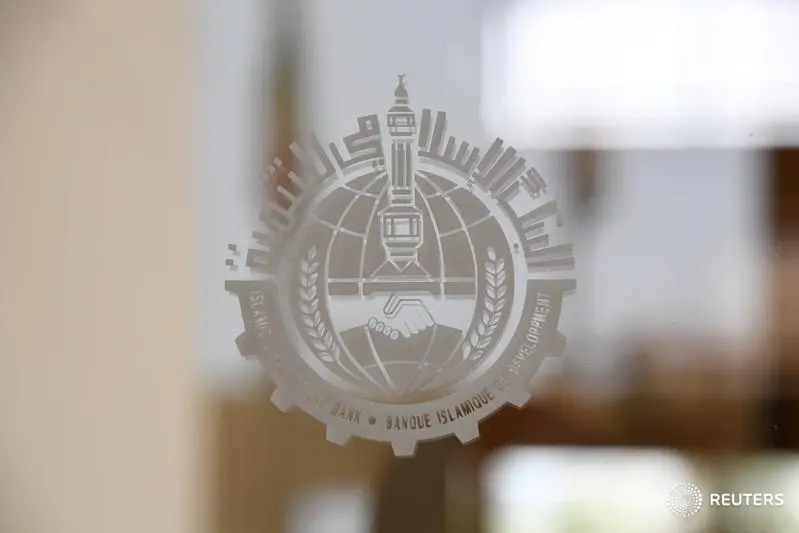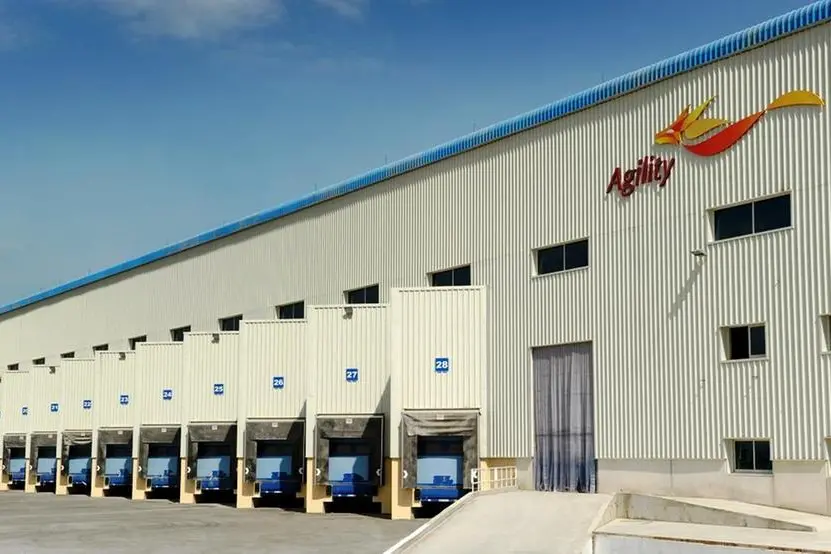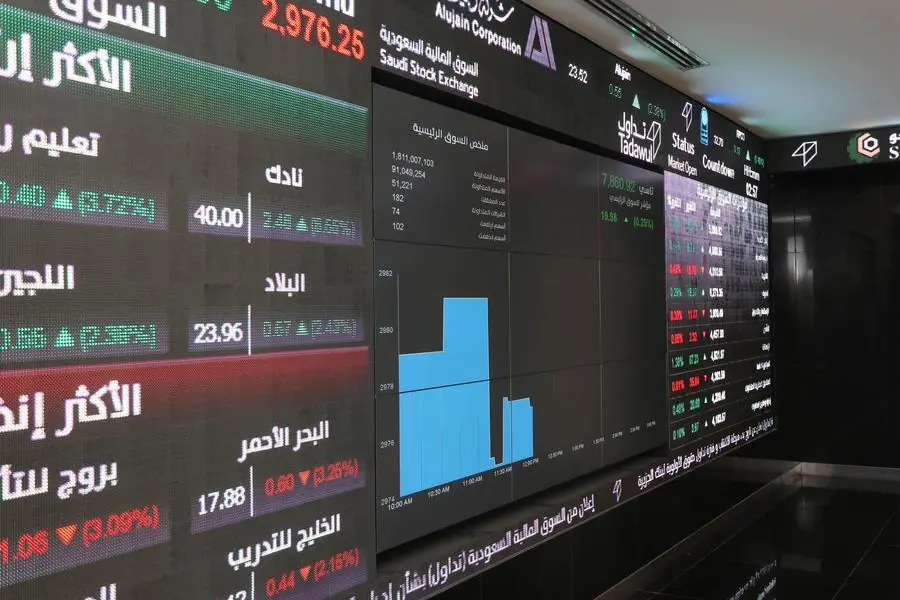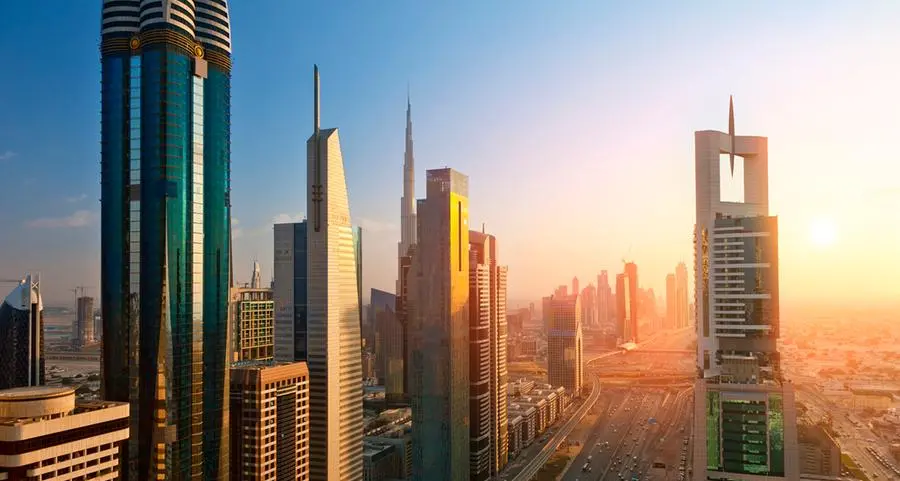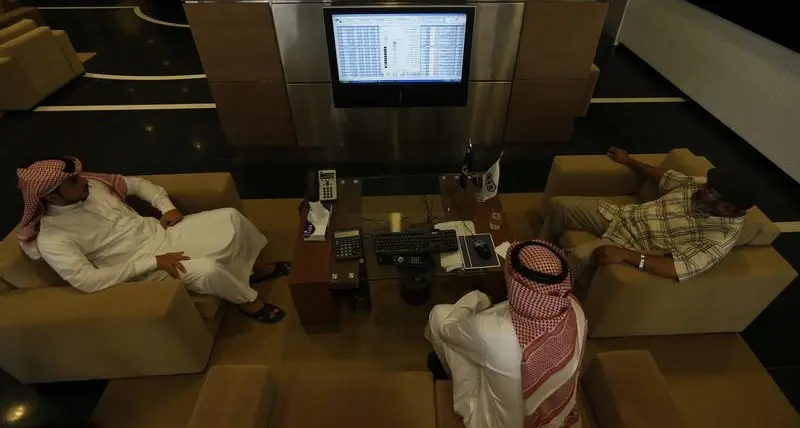PHOTO
State-owned aluminium giant working with Takamul to protect in-house technology advances
United Arab Emirates: From inception in 1979, the operating subsidiaries of Emirates Global Aluminium ("EGA")[i] have been committed to achieving operational excellence through continuous improvement and innovation in the aluminium smelting process so as to produce the world's best quality aluminium products, made-to-order and delivered direct to customers, while achieving maximum operating efficiencies. It's a quest that has yielded multiple in-house developed technologies that enhance production processes, achieve higher production volumes, optimise raw material and energy consumption levels, improve operational safety and minimise environmental impact.
More recently, efforts have been launched to protect the company's inventions through applications to patent EGA's proprietary technologies. Since 2014, EGA has worked closely with Takamul in developing and submitting the required patent application documentation. An innovation support programme developed and operated by the Abu Dhabi Technology Development Committee ("TDC"), Takamul's mission is to help Emirati individuals, universities and enterprises in Abu Dhabi and the wider UAE, to protect and commercialize their innovative ideas.
A case in point is the Anode-Rod Tracking System developed in-house by EGA's operating subsidiary, Dubai Aluminium ("DUBAL", also known as EGA Jebel Ali Operations), for which a patent application was filed by EGA in December 2014. After evaluation by Takamul's Patent Review Committee, approval for financial support was granted in March 2015.
Initiated in the 1990s, the aim of the Anode-Rod Tracking System is to track individual anodes and rods[ii] at each stage of the process - from anode production to anode rodding, through the smelter operation (potrooms) and back to anode rodding (for recycling of the anode butts and rod assemblies). An industry survey revealed that no system was available on the market that could fulfil DUBAL's requirements. A pilot study was therefore launched to verify the use of an intelligent scanning concept to measure the performance of the anodes and rods by monitoring specific attributes at key stages and recording the findings against uniquely identified rod assemblies. After completing the pilot study in July 2007, implementation of the system at industrial scale began in 2008.
Diverse enhancements have been implemented subsequently. For example, the project began as a system for tracking the rods, but was then extended to include tracking of the anodes, too. By linking the details of the rods and anodes, a comprehensive data cycle has become available. All information can now be traced relating to individual anodes - from the raw materials through to removing the anode butts from the rod assemblies, and including pertinent information to identify where the anode was consumed during the process phase in the potrooms (i.e. pot, cell and stall number). Net and gross carbon consumption can now be measured more accurately, anode problems can be evaluated, raw material performance can be assessed, rod assemblies can be managed, and individual/collective pot performance can be monitored. The latter provides opportunities to identify process improvement projects within the smelter, leading to optimised net carbon consumption (an essential part of DUBAL's carbon management strategy) and financial savings.
Importantly, both the initial system and the later improvements were developed entirely in-house at DUBAL. A twelve-member cross-functional team worked on the Anode-Rod Tracking System, with representatives from the automation, operations, process control, maintenance and information technology departments. Third party solution providers were engaged to supply various components and software, which were customised to DUBAL's specifications; as well as for technical advice during system trouble-shooting and to supplement the company's technical resources.
DUBAL's Mariam Abdulrahman M Musallam Al Marzooqi, who holds a Bachelor's in Electrical Communication Engineering and a Master's in Strategic Project Management, lead the project and also served on the project team. "Extensive research and development went into this project, with much exploration of options followed by testing and deployment of suitable solutions," says Mariam. "We faced many challenges during the technical development and execution stages, which we overcame successfully by leveraging the knowledge and expertise of the team and never giving up on our determination to deliver a system that would contribute measurable improvements. The end-result is a system that fulfils our immediate needs, but is also future-proof as it is adaptable and customisable to any smelter technology."
EGA's innovation focus is fully aligned with that of the United Arab Emirates ("UAE"), and underscore's the company's proud position as the industrial flagship of the UAE. Indeed 2015 is the Year of Innovation in the United Arab Emirates ("UAE"), as declared by His Highness Sheikh Khalifa bin Zayed Al Nahyan (President of the UAE and Ruler of Abu Dhabi) and endorsed by His Highness Sheikh Mohammed bin Rashid Al Maktoum (GBE, Vice President and Prime Minister of the UAE and Ruler of Dubai), who has asserted that government must be engines of innovation.
About EGA
Emirates Global Aluminium ("EGA") is a jointly-held, equal-ownership company formed by Mubadala Development Company of Abu Dhabi and the Investment Corporation of Dubai by combining their respective aluminium industry interests. EGA's core operating assets are Dubai Aluminium ("DUBAL", also known as EGA Jebel Ali) and Emirates Aluminium ("EMAL", also known as EGA Al Taweelah), whose combined annual production capacity of 2.4 million tonnes per annum ("tpa") places EGA among the top five primary aluminium producers in the world, by volume. The UAE-based EGA also owns Guinea Alumina Corporation ("GAC"), a strategic bauxite mine and alumina refinery development project in West Africa. In addition, EGA has plans for significant local growth and international expansion.
DUBAL, where commissioning began in 1979, operates one of the world's largest single-site primary aluminium smelters. The DUBAL complex, built on a 4.75 square kilometre site in Jebel Ali, Dubai, comprises a 1 million tpa smelter, a 2,350 MW power station, a large carbon plant, extensive casting operations (more than 1.2 million tpa), a water desalination plant, dock and other facilities. DUBAL holds ISO 9001, ISO 14001, ISO/TS 16949, ISO/IEC 20000-1, ISO/IEC 27001, ISO 22301, ISO 29990, ISO 50001 and OHSAS 18001 certification.
EMAL, where commissioning began at the end of 2009, is the world's largest single-site primary aluminium smelter. The EMAL complex, housed on a 6 square kilometre site in Al Taweelah, Abu Dhabi, comprises a 1.3 million tpa smelter, a 3,100 MW power station, a large carbon plant, extensive casting operations (more than 1.8 million tpa), a water desalination plant, dock and other facilities. EMAL holds ISO 9001 accreditation and Nebosh certification in Occupational Health and Safety.
The combined DUBAL-EMAL portfolio comprises high quality primary aluminium products in three main categories: high purity and foundry re-melt products (for electronics and aerospace and automotive applications respectively); rolled products (for packaging, lithographic sheets and the automotive industry); and billets for extrusion and forging (for construction, industrial, transportation and automotive purposes). Busbars and anode bars are also made for the electrolytic process used to produce primary aluminium from alumina ore. Over 350 customers are served in at least 68 countries, predominantly in Asia, Europe, the MENA region and the Americas.
About anodes and rods
Primary aluminium is produced from alumina in a smelter through an electrolytic reduction process. Direct current (DC) is fed into a line of electrolytic cells connected in series. Each cell is a large carbon-lined metal container, which is maintained at a temperature of around 960°C and forms the negative electrode (or cathode). The cell contains an electrolytic bath of molten salt called 'cryolite' (Na3AlF6), into which a powder of aluminium oxide (Al2O3) is fed and becomes dissolved to form a solution. Aluminium fluoride (AlF3) is added to maintain the target bath chemistry. Large carbon blocks, made from calcined petroleum coke and liquid coal tar pitch, are suspended in the solution; and serve as the positive electrode or anode.
The electrical current passes from the carbon anodes via the bath, containing alumina in solution, to the carbon cathode cell lining. The current then passes to the anode of the next pot in series. As the electrical current passes through the solution, the aluminium oxide is dissociated into molten aluminium (Al) and oxygen (O2). The oxygen consumes the carbon (C) in the anode blocks to form carbon dioxide (CO2), which is released. The electrolytic reaction can be expressed as follows: 2 Al2O3 + 3 C → 4 Al + 3 CO2
The hot, molten, metallic aluminium obtained in the process sinks to the bottom of the reduction cell, while the gaseous by-products form at the top of the cell. The aluminium is siphoned from the bottom of the cell in a process called tapping (done by rotation every 32 hours), and transported to dedicated casting operations where it is alloyed; then cast into ingots, billets and other products.
The anodes, produced at the carbon plant, are suspended in the cryolite solution within the cells using aluminium rod assemblies, which enable the flow of electricity in the cells. The anode blocks are consumed during the process of electrolysis, at a rate in excess of 400 kg carbon per tonne of aluminium. The remaining 'anode butts' are returned to the carbon plant, separated from the rod assembly and then crushed to for re-use. The removed rod is inspected for damage, and repaired if necessary, prior to re-use.
Monitoring the rods and anode blocks provides key management information to enable smelter process improvements, improve efficiencies, and save costs.
© Press Release 2015


